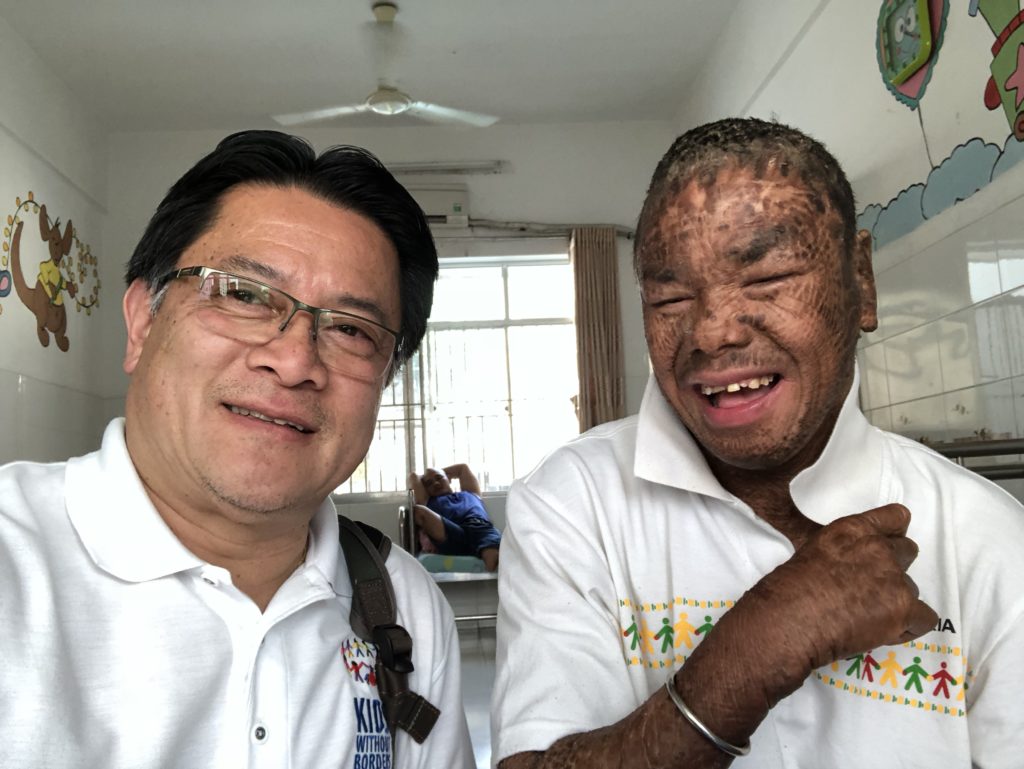
By Brittney Le
AsAmNews Staff Writer
Minh Anh happily posed for a selfie with Son Michael Pham, a Vietnam War refugee who lives in the U.S. and is founder of Kids Without Borders.
Pham works with many disabled kids born to parents exposed to dioxin, a toxic chemical found in Agent Orange. He called Anh “one of the many Agent Orange children.” The boy is living with a skin disorder called ichthyosis, a rare disfiguring skin disorder also associated with psychological symptoms.
“Through the years, I watched [Minh Anh] growing up, physically but not mentally,” said Son Michael Pham. “When I visited the Peace Village earlier this month, he was playing with a small cardboard box … laughing and talking to himself. His hands were tied together as usual and he was strapped to a plastic chair.”
LATEST STORIES
Restraints are necessary to keep Minh Anh from falling or hurting himself. “And when he saw me, he yelled out and wanted the usual … photo taken by my phone and let him see himself in the photo. He LOVES this simple activity,” said Pham. “I know he remembers me each time I visit and I think he is brighter than what many around him believe.”
The herbicide Agent Orange (AO) was sprayed by U.S. troops to defoliate Vietnam during the Vietnam War in the 1960s and 1970s. However, to this day, those who have been exposed, and their children, are suffering serious health consequences. According to the Vietnam Red Cross, between 2.1 to 4.8 million Vietnamese citizens were directly exposed to Agent Orange and other chemicals that have been linked to cancers, birth defects and other chronic diseases during the Vietnam War. The many U.S. veterans who were exposed during the war also couldn’t escape the aftermath.
Hoping to spread awareness and start a dialogue, Dr. Charles R. Bailey has recently released his book, From Enemies to Partners: Vietnam, the U.S. and Agent Orange, coauthored by Dr. Le Ke Son.

“A goal for the book is that Vietnamese Americans can learn the truth about what’s going on,” said Dr. Bailey. The book is a “comprehensive source for everybody, American and Vietnamese,” about the legacy of Agent Orange. Dr. Bailey is a public policy specialist who headed the Ford Foundation office in Hanoi, Vietnam, and directed the Aspen Institute’s Agent Orange in Vietnam Program (AOVP).
“The US government, primarily through appropriations from the US Congress, has been supporting programs on Agent Orange now for 10 years,” said Dr, Bailey. This includes cleaning the Da Nang Airbase, the Bien Hoa Airbase, and the development of programs to assist the disabled. “Actions speak louder than words.”

Just last month, U.S. sailors visited a Vietnamese shelter for Agent Orange victims in Da Nang, Vietnam, the first visit of a U.S. aircraft carrier since the war ended in 1975.
In addition, the U.S. Congress has appropriated an additional $30 million for 2018 for dioxin (a toxic chemical from Agent Orange) clean up and help for the severely disabled children and youth in Tay Ninh, Dong Nai and Quang Tri provinces.
Dr. Bailey and the others working on Agent Orange public policy were able to get a commitment by the Trump administration to help the Vietnamese clean up the Bien Hoa Airbase, the principal remaining dioxin hotspot.
“You have to constantly remind leaders that this is important to the U.S,” Dr. Bailey said. While this represents an opportunity for humanitarian action, it can have other benefits for the U.S., including positive foreign policy and a stronger connection with Vietnam.
“Disability doesn’t have any holidays,” he said. Within U.S. borders, we can “speak up to our elected representatives and say this is an important issue for us and we want to see this fixed,” noted Dr. Bailey. “Let’s not wait any longer.”
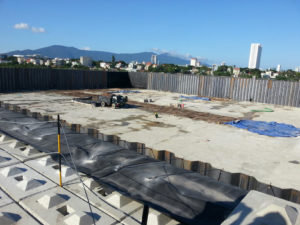
Many Americans that Dr. Bailey has talked to over the years are aware of Agent Orange use in the Vietnam War, but he’s stunned that most “don’t know at all about how the Vietnamese are coping” with current problems that remain from AO. That ignorance has consequences for those affected by Agent Orange.
“My mother, who lived in Long An, suffered several miscarriages and one stillbirth before I was born,” said Brandy Lien Worrall. “But she will never receive compensation for her exposure to AO like my father, who was a veteran, had. There will be no studies or Congressional debates about the Vietnamese American population exposed to the chemical. They’ll always be the forgotten population.”
Worrall’s parents were both exposed to Agent Orange during the Vietnam War, where they met and got married. The Vietnamese American, now living in Canada, is currently working on her second memoir, in which she will focus on her father’s death from Agent Orange and her own ongoing health issues from his exposure to it.
“The easiest thing for us is to learn more. It’s an issue that keeps taking innocent victims. The reason it keeps going on is that nobody talks about it,” said Pham. “There’s no political side—it’s just a vicious thing that we use, and it’s still around and it keeps hurting generation after generation.”
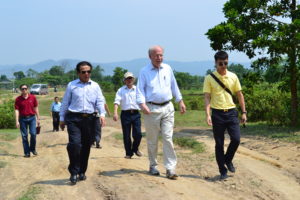
Pham and Dr. Bailey encourage Americans to, at the very least, get informed on the subject by reading trusted sources, such as Dr. Bailey’s book.
“So many times you hear, ‘why are you talking about it, 50 something years later?’” said Pham. “If you don’t talk about it, someday, somebody’s going to do it again.”
“We have to clean up after our messes,” said Dr. Bailey. “If you hurt someone, you try to make it right to the extent you can.”
The book, From Enemies to Partners: Vietnam, the U.S. and Agent Orange, is available from both Amazon and Barnes & Noble.
AsAmNews has Asian America in its heart. We’re an all-volunteer effort of dedicated staff and interns. Check out our Twitter feed and Facebook page for more content. Please consider interning, joining our staff or submitting a story.


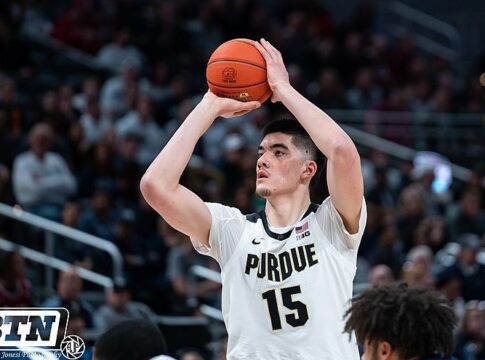

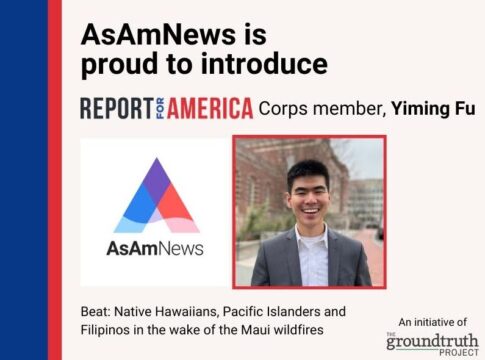



My father was a Marine in the Vietnam War and was exposed to Agent Orange and who knows what else. He suffered with complications his entire life and ultimately died a long slow death.
I’m his daughter and was born diagnosed with Lamellar Itchyosis in 1981.
We are saddened to hear this. We wish you better health going forward.